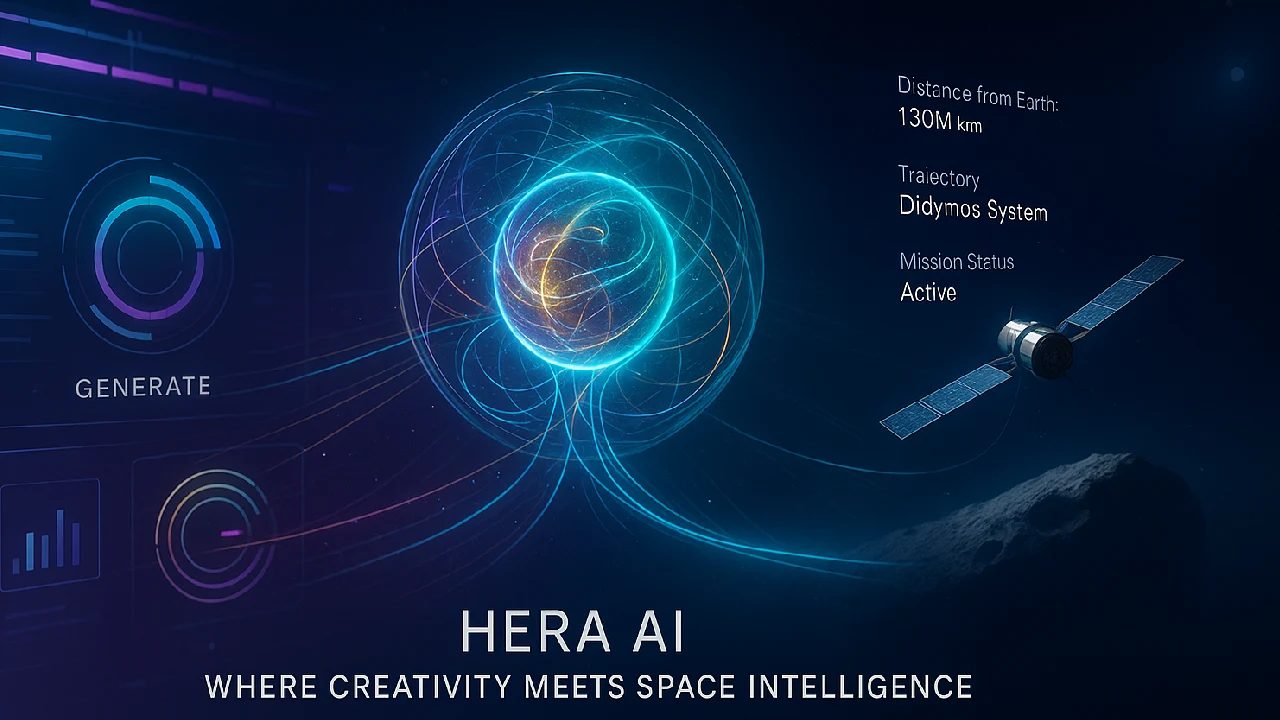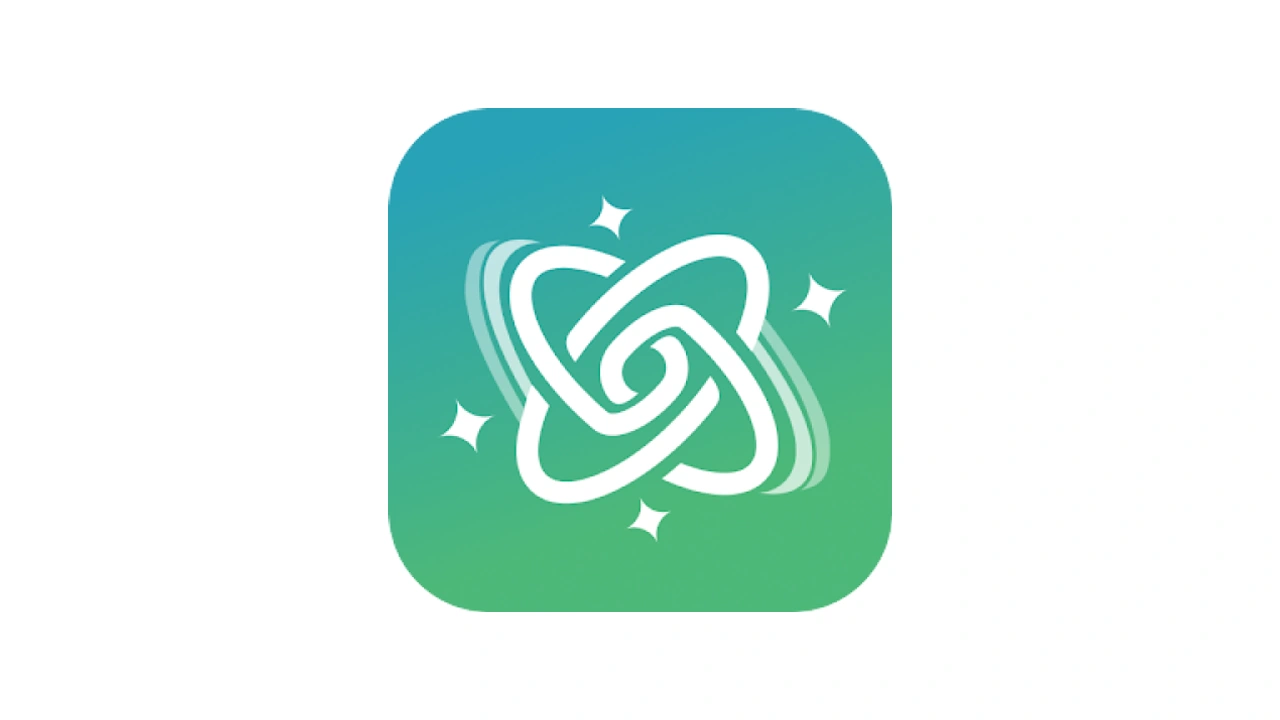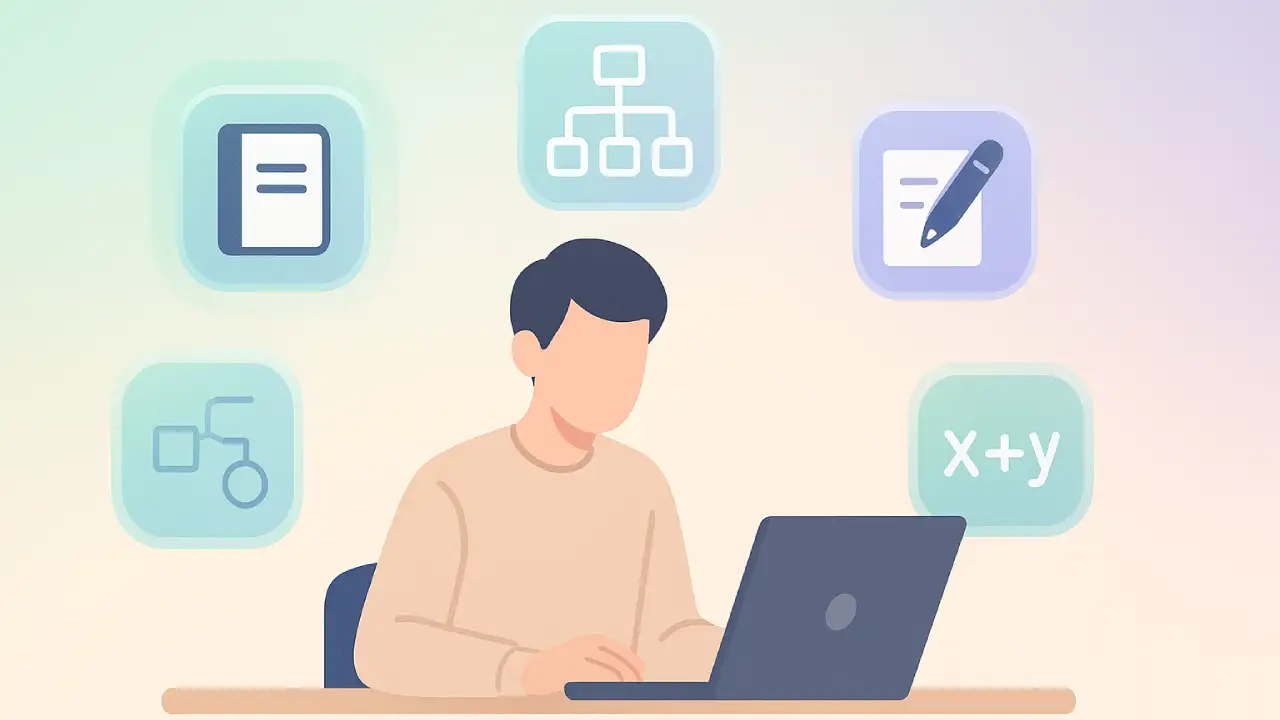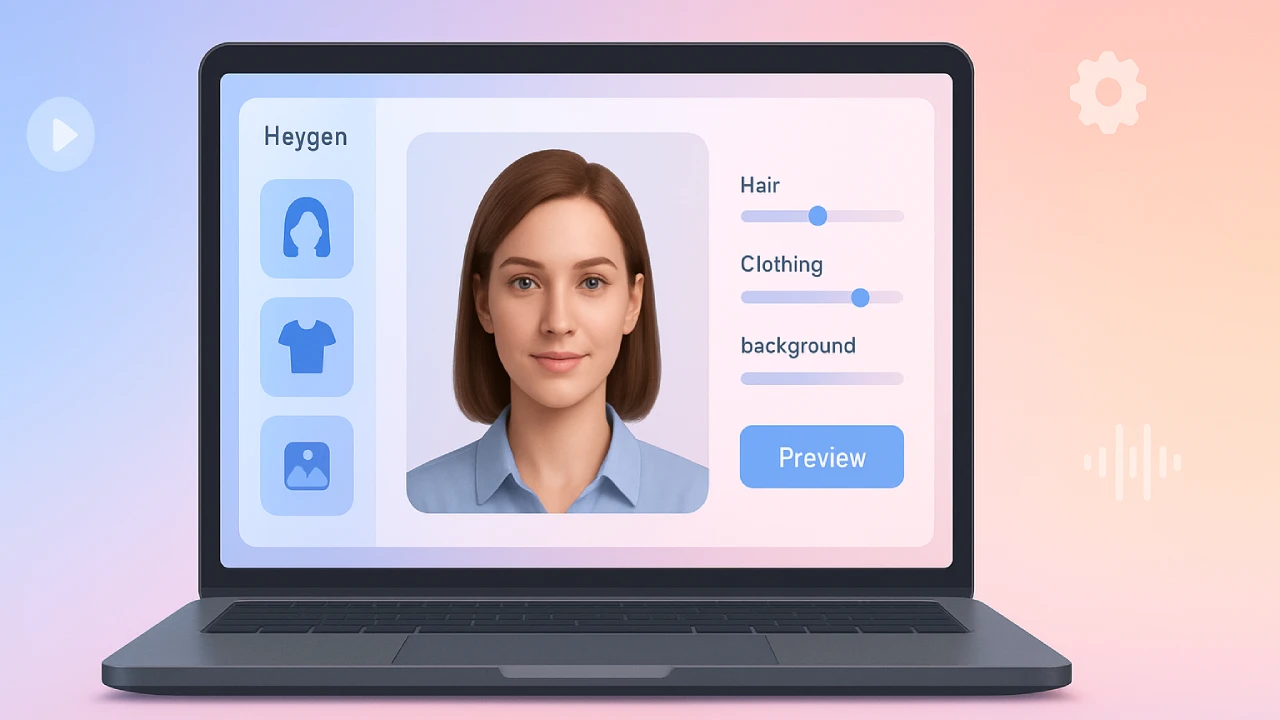Indian AI tools are quickly becoming the local alternatives to ChatGPT and DeepSeek.
You might be missing out on something really powerful happening right here in India if you’re still solely using worldwide technologies like ChatGPT or Bard for your AI needs. A whole new wave of Indian AI tools is coming out, from BharatGPT to Krutrim. These tools can do more than just translate or chat; they can really comprehend our languages, cultures, and situations. And they’re not just talking; a lot of them are already fixing real problems in education, farming, banking, and government.
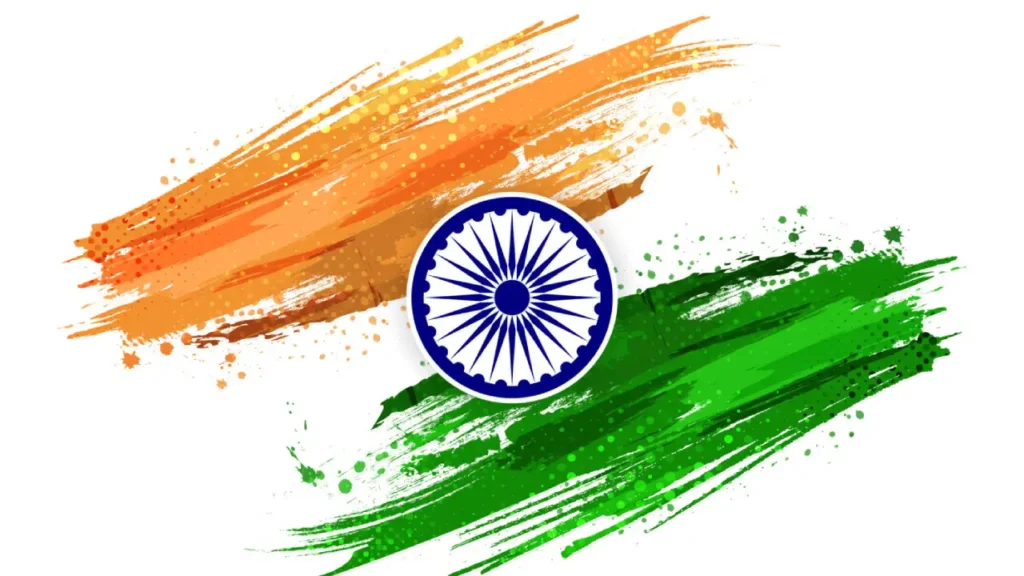
Let’s talk about India’s best and newest AI tools in this blog. We’ll look at how they function, what they’re good at, and how they compare to the biggest AI companies in the world.
What Is India’s AI Stack and Why It Matters
India’s AI technologies include multilingual chatbots, domain-specific assistants, and large language models (LLMs) that are made to be useful in India. The goal is clear: make AI work for all of India, not just Bangalore.
Global models frequently don’t work well for native speech, cultural differences, or low bandwidth use cases because there are more than 1.4 billion people and 22 official languages. India’s AI tools try to overcome that gap by focusing on open access, rural applications, and support for Indic languages.
India needs more than simply AI tools. It needs AI that can talk to it, comprehend its people, and fix its problems. The AI4Bharat Research Team
How Indian AI Tools Actually Work
Most Indian tools use open-source LLMs (like LLaMA or Falcon) as a base and then improve them using huge bilingual datasets from Indic languages. After that, these models are used in mobile apps, speech bots, or business systems.
Here’s the general architecture:
- Multilingual LLM (like OpenHathi or Navarasa) → Trained on Hindi, Tamil, Bengali, and more
- Instruction tuning (Airavata, Hanooman) → Makes the model follow tasks like summaries or answers
- Voice or visual integration (Krutrim, Chitrarth) → Adds speech or image capability
- On-device optimization (Bulbul v2) → Makes it fast and cheap for low-end phones or local servers
The secret sauce is how local these models are, both in terms of the data they are trained on and the way they are used.
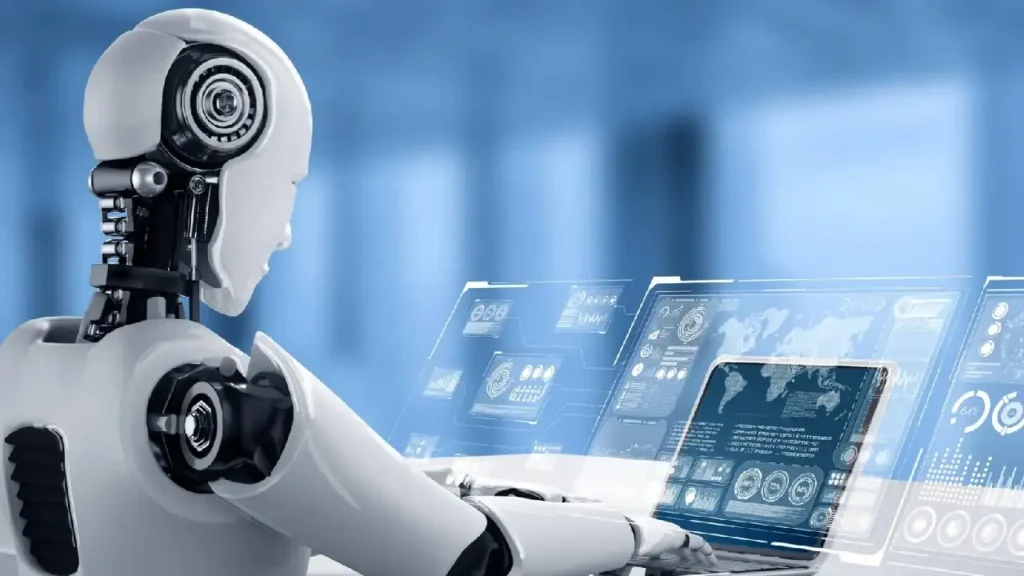
Top Indian AI Tools and What They Offer
Here’s a quick look at the key players
🇮🇳 BharatGPT by CoRover
- Multilingual chatbot platform used in IRCTC, LIC, etc
- Supports 14+ languages with voice and ERP integrations
- India’s enterprise-ready alternative to GPT for customer support
Hanooman (Reliance + IITs)
- Massive LLM for 22 Indian languages, built by top IITs
- Focused on governance, health, finance, education
- Multimodal input — voice + text + visual
Bhashini (MeitY, Govt. of India)
- Open AI-as-a-service for language translation and speech
- App already supports 22 languages for text, 12 for speech
- Backbone for future Indic LLM development
Krutrim AI (Ola Group)
- Consumer chatbot for 22 Indian languages
- 2 trillion token training set + voice query support
- App in beta with strong local use-case push
OpenHathi + Airavata
- Hindi-English LLM (OpenHathi) + instruction-tuned Hindi model (Airavata)
- Open-source foundation for Indian language apps
- Used in chatbots, summarizers, and document readers
Chitrarth-1 (Krutrim)
- Multilingual vision-language model for 10 Indian languages
- Can describe images and answer questions — in your language
BharatDiffusion (Fynd)
- India-specific image generator trained on Indian visual data
- Great for ecommerce, festivals, Indian attire, and regional style
Pros and Cons of India’s AI Ecosystem
Pros
- Trained on local data and languages
- Culturally relevant answers (festivals, schemes, customs)
- Affordable and scalable — runs well on Indian infra
- Government and enterprise adoption already happening
Cons
- Still catching up in reasoning vs GPT-4
- Some models in early beta (Hanooman, Krutrim chatbot)
- Fewer open models for coding, science, or logic-heavy tasks
Where Indian AI Is Already in Use
- IRCTC Chatbot → BharatGPT powers customer support in Hindi, Tamil
- TB Detection → Qure.ai scans X-rays in rural health clinics
- Crop Diagnosis → Dhenu AI chatbot helps farmers identify diseases
- Voice Support → Bulbul TTS used to give regional voiceovers in apps
- WhatsApp Chatbots → Bhashini used in welfare scheme Q&A via Jugalbandi
- Banking → Haptik Contakt and Setu’s Sesame LLM deployed in BFSI
How It Compares with ChatGPT and DeepSeek
| Feature | Indian AI Tools | ChatGPT / DeepSeek |
|---|---|---|
| Indian Language Support | 22+ languages | Limited (mostly Hindi, Tamil) |
| Cultural Relevance | High | Low (general) |
| Offline / Sovereign Use | Yes (e.g. Bhashini) | Cloud-only |
| Accuracy & Reasoning | Moderate | GPT-4 class |
| Cost / Infra | Cheaper, Local | Higher, global infra |
Conclusion
The AI tools in India, including BharatGPT and Chitrarth, are not just copies of ChatGPT. They are contextual engines made to work in India’s distinct language, economy, and culture. These technologies are getting India ready for its own AI moment, whether it’s giving a farmer a voice, supporting a teacher in Tamil Nadu, or translating a government policy into Odia.
Would you look into Indian AI for your workflow or app stack? Tell us


